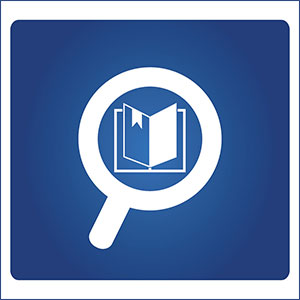 Is your organization struggling to succeed with your Data Governance program? Is adoption by the business an issue for you? Data Governance occurs best when done in conjunction with the business processes and not as a “bolt on”/additional activity. Many organizations have attempted to implement Data Governance and their business glossary with a very limited approach and with limited resources, mostly by adding resources to a CDO and Data Governance team rather than adding the resources to the business teams who are using the data.
Is your organization struggling to succeed with your Data Governance program? Is adoption by the business an issue for you? Data Governance occurs best when done in conjunction with the business processes and not as a “bolt on”/additional activity. Many organizations have attempted to implement Data Governance and their business glossary with a very limited approach and with limited resources, mostly by adding resources to a CDO and Data Governance team rather than adding the resources to the business teams who are using the data.
I am often asked a question such as “how do we gain adoption with our business users?” Only to find out that the business users are not engaged in Data Governance processes at all. There are many solutions for solving user adoption challenges starting with making the Data Governance processes part of the business workflow, rather than additional activities separate from the normal workflow.
Why would you expect to gain adoption of users when those users are not involved in the process? So maybe some organizations should change the approach to implementing Data Governance processes. Maybe a focus on the processes involved in the data lifecycle would work better in those cases or maybe we all should focus on the data lifecycle and include all resources that are responsible for those lifecycle processes.
Data Governance may require more roles than just Data Stewards in order to be sustainable. Some organizations have focused governance activities on the resources identified as Data Stewards or only completed by resources in the CDO organization, and not included roles that use the data such as analytics, report developers, or business resources that use data to complete business functions such as business operations. Governance processes should include roles from the full life cycle of the data, from initial creation usage in all business and technical functions to the final storage and distruction. If you are not familiar with many of those processes, the DAMA International Book of Knowledge (DMBOK) has a full chapter on each Data Administration discipline and the Data Governance interactions with each discipline. A copy of the DMBOK can be ordered from DAMA directly at http://www.dama.org or your preferred technical book source.
The DAMA Book of Knowledge identifies the following 11 data management functions, all of which have some interaction and activities related with Data Governance. The 11 Data management functions are as follows:
- Data Governance
- Data Architecture
- Data Modeling and Design
- Data Storage and Operations
- Data Security
- Data Integration and Interoperability
- Document and Content Management
- Reference and Master Data
- Data Warehousing and Business Intelligence
- Metadata
- Data Quality
Review the lifecycle and business process flows to ensure that the appropriate Data management functions including Data governance are identified in the core process flows. It may be best to complete a simple table of roles, responsibilities, process steps, and one-time or on-going activities.
All members of the village have a responsibility to contribute to Data Governance efforts and follow Data Governance best practices.
| Role/Title | Major Contributions | One time or on-going |
